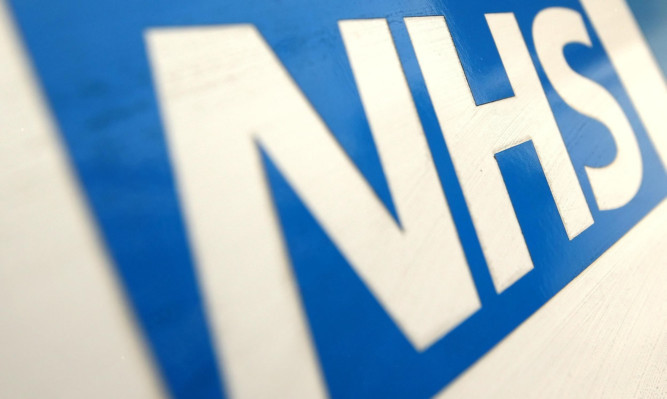Major changes are needed to address “systemic failings” in Scotland’s health service, the body which represents medical professionals has said.
The Academy of Medical Royal Colleges in Scotland has published 20 recommendations for the NHS after reviewing several reports into serious hospital failings.
It has called for quality of care to be put ahead of meeting targets, appropriate staffing levels and more effective team working.
The Academy set up a working group to review reports published between December 2013 and December 2014 – in NHS Lanarkshire, the Vale of Leven Hospital and Aberdeen Royal Infirmary.
NHS Lanarkshire was told to make widespread improvements after a probe into above-average mortality rates found serious problems with staffing levels, quality of care and patient record keeping.
An investigation into the country’s worst Clostridium difficile (C.diff) outbreak at the Vale of Leven Hospital revealed serious systemic failures, while a report on Aberdeen Royal Infirmary found problems around staffing levels and leadership.
These followed the publication of a similar report into serious failings in care in Mid Staffordshire in England.
The working group was chaired by Professor Alan Paterson of Strathclyde University and involved senior experts from the Royal Colleges in Scotland.
It reviewed these reports, and others published more recently, to determine whether there were any common themes and if so, how they might best be addressed.
The group found key issues included poor leadership, poor staff morale and motivation, poor dealings with patients, including inadequate care and poor communication, inadequate complaints handling and limitations of external assessments.
It has made 20 recommendations in areas of leadership, culture and professional engagement, inadequate staffing, quality of care and patient experience and external review.
These include improved leadership, with a “supportive, listening environment” to produce a culture which instils confidence in staff, patients and relatives, quality of care to become the “primary influence on patient experience and NHS boards”, and action to improve the working culture within the NHS.
The Scottish Government should work together with the Scottish Academy, the General Medical Council and others to foster a work culture in the NHS which is free from bullying, the working group said.
The Government and boards should also work together to develop minimum safe staffing levels for all professions in hospital settings.
Prof Paterson said: “It is clear that serious failings in team working between clinical staff and NHS management played a significant role in the failings in care identified.
“These failings are deep-rooted and systemic. They must not be ignored if we are to learn from them and to prevent repetition.
“It is also clear that a combination of factors led to some appalling failings in care, a loss of basic compassion and the prioritisation of inappropriate targets over patient care. In addition, leadership and accountability were all too often sadly lacking and bullying endemic.
“While there have been responses to the individual published reports of inquiries and reviews into failings in care, there is little evidence to suggest that we are tackling the underlying systemic failings which exist.
“This includes recognising and acknowledging the commonality between the events in Mid Staffordshire and the incidents in Scotland. Opportunities to learn and prevent recurrence have been missed and this must change for the sake of patients.”
